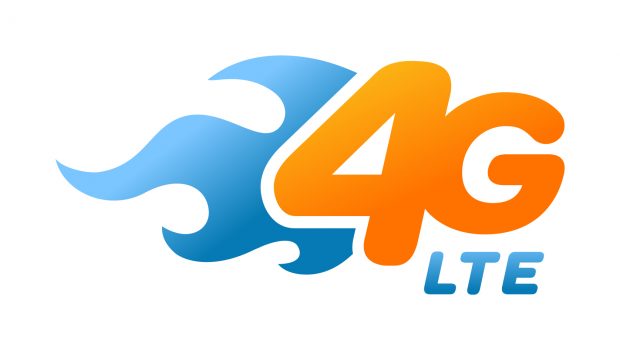How 4G Paved the Way for Faster and Better Cellular Network Services
Technology has evolved at every turn, be it the invention of smart phones, automated services, or even telecom services. Earlier, the lack of good communication services led to the development of infrastructure that tactfully eliminated this barrier altogether.
Cellular network services have until recently offered connectivity but not without exhibiting a few restrictions. These restrictions have been manifested in the form of buffering videos, slow download and upload speeds, among other glitches. However, with the entry of 4G services, these problems have been put to rest.
The dawn of 4G
One of the reasons for slow speeds is the lack of necessary infrastructure, which is needed to support a heavy user base. Reliance Jio is among the first brands to acquire a pan-India license with impressive spectrum coverage. Earlier, 3G network users would have to compromise on connectivity owing to coverage and congestion issues. However, carriers today are adopting 4G technology and adhering to both FDD-LTE and TDD-LTE standards to offer seamless connectivity to users.
Band 3, Band 40, and Band 5 are often the most preferred frequency for providing 4G coverage in the country. In fact, leading brands like Vodafone, Jio, Airtel, and Idea use it for harnessing 4G services.
Larger the spectrum holding, better the carrier services
There are 22 telecom circles in the country. Among the telecom operators, Bharti Airtel was one of the first to introduce 4G in India to customers. It offers the facilities across 15 circles in 350 cities. As per records of 2016’s first quarter, the operator garnered a subscriber base of 2.5 million. Out of the 22 circles, the operator owns a license for eight of them. One of the carrier’s most recent customer acquisition strategies involved offering 4G data plans to its customers at 3G prices.
Reliance Jio, on the other hand, is the owner of the largest liberalized spectrum in the country with a pan-India license. Earlier, the company conducted a soft launch to test its services and thereafter, initiated a grand launch with the ‘Reliance Jio Welcome Offer’ that allows customers to enjoy free unlimited services till the end of 2016. One of the key features of Jio’s services is its VoLTE (Voice over Long Term Evolution) compatibility, which facilitates high-definition voice calls over Jio’s cellular network. Besides LTE technology that helps to provide better coverage, the operator also offers users a suite of applications. These range from cloud storage platforms and movie streaming services to wallet apps.
Idea Cellular is another leading player with respect to 4G data plans in India. This operator is present in more than 575 cities across 10 telecom circles. The service provider ranks third in the network carrier segment, with Jio and Airtel taking the top two slots. Idea is currently functioning on the 1800 MHz frequency to deliver 4G in India.
Taking a look at the 4G services offered by various carriers, it is evident that India is rapidly transforming into a digital nation. In fact, VoLTE services are the most trending, possessing the ability to offer better coverage and connectivity. Smart phone manufacturers across the country are also devising VoLTE devices at affordable rates to meet the growing demand for the 4G-LTE services.















